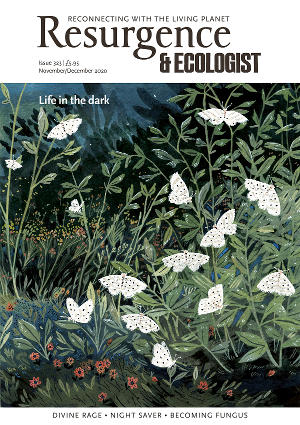Swifts, with their characteristic scream as they careen around the rooftops, are a beloved sign of spring to many in the UK, but where do they go in winter? Well, it’s a bit of a complex story, to which the short answer is, somewhere in Africa, but we’re still learning where and why. For a slightly longer answer, read on.
Between 2010 and 2016 the British Trust for Ornithology attached tiny geolocators to adult swifts to see where they go when they leave the UK. (Swifts only weigh 50g or less, so they had to be as small as possible!)
While not all swifts take the same route, following one bird’s journey gives an idea of just how intrepid they are. This particular swift left Cambridge on 23 July and travelled all the way down and around the west coast of Africa to make it to the Democratic Republic of the Congo (DRC) by 17 August. It stayed in the DRC until 9 December before flying all the way to the east coast of Africa, its home for the rest of December and most of January. It then began to make the journey back north, this time crossing the Sahara Desert on its way back to Cambridge for the spring.
This information raised the question of why swifts travel so much once they reach Africa. They may be following flying insects, but they are also known to respond to weather systems and use areas of warm and/or turbulent air, which may carry insects upward.
We don’t even know whether swifts come to land at any point during this time. We know that they nest during the summer months, but they can eat, mate and even sleep on the wing – it’s possible they are airborne for the whole of winter.
More than half of UK swifts have been lost since 1995, but without more data it’s hard to know why. Spending most of their lives in the air probably means they’re safe from deliberate human trapping, but whether their decline is mostly due to changing food sources or disappearing nesting sites (or something else entirely) is still a matter of debate.
A new mapping tool developed by the Royal Society for the Protection of Birds (RSPB) and partners is seeking to address this. Launched this year, the Swift Mapper app uses information provided by the public to identify where nest sites are. The data collected is then shared freely with a range of different organisations, from local councils to conservation groups. It details the locations of existing nest sites for protection, and it also suggests new nest site opportunities.
By adding your sightings, you can both help protect existing nest sites and show where we need more. You can also help by putting up a swift nest box.
Together we can learn why swift numbers are falling and how to lift them up once more.
For more information: www.swiftmapper.org.uk







